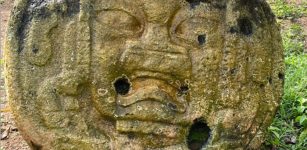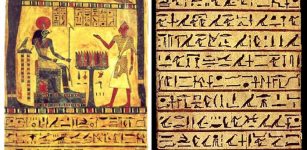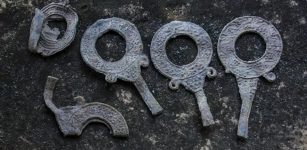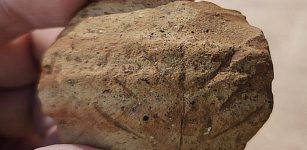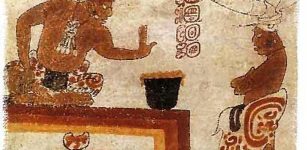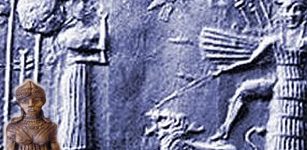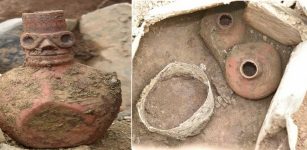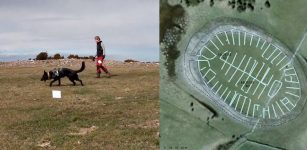Crypts, Coffins, Artifacts And Wooden Church Remains Under The Floor Of Basilica In Poland
AncientPages.com - Burial pits containing human remains, probably dated to the early 17th century have been found during renovation and restoration works under the floor of the Basilica of the Assumption of the Blessed Virgin Mary in Rzeszów.
It is believed that these historically important remains are related to the existence of a wooden church that preceded the basilica.
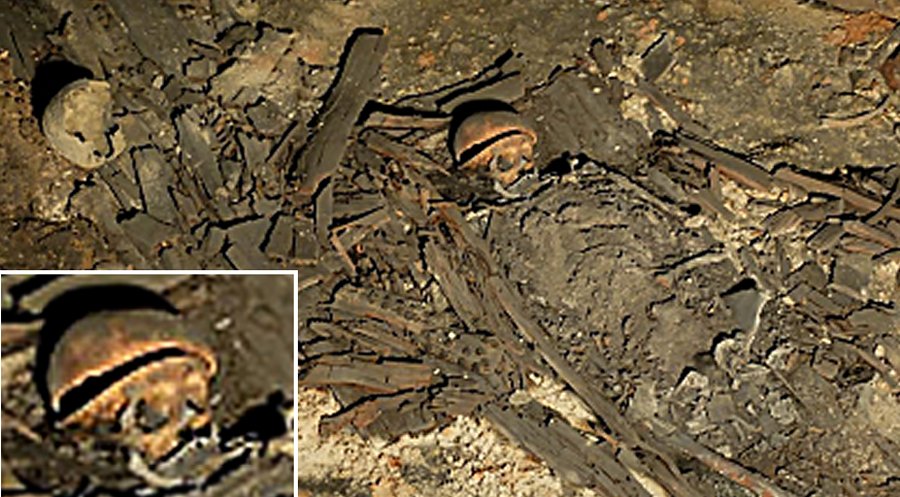
Two skulls were cut across, which means that the deceased were members of a higher social class. Image source: Rzeszów Archaeological Centre Foundation
Science in Poland reports that during the study of burial pits, archaeologists found valuable artifacts including fragments of ceramics, nails, coins and bones. In addition to fragments of coffins, elements of costumes and a Rosary have also been preserved.
"Uncovering two crypts, including one previously unknown, was extremely important. The larger crypt, located on the southern side of the transept, consists of several rooms,” said archaeologist Dariusz Bobak of the Rzeszów Archaeological Center Foundation.
Bobak adds that the pits are associated with the former cemetery, which was located in the place of the present church before its construction, before the beginning of the 17th century.
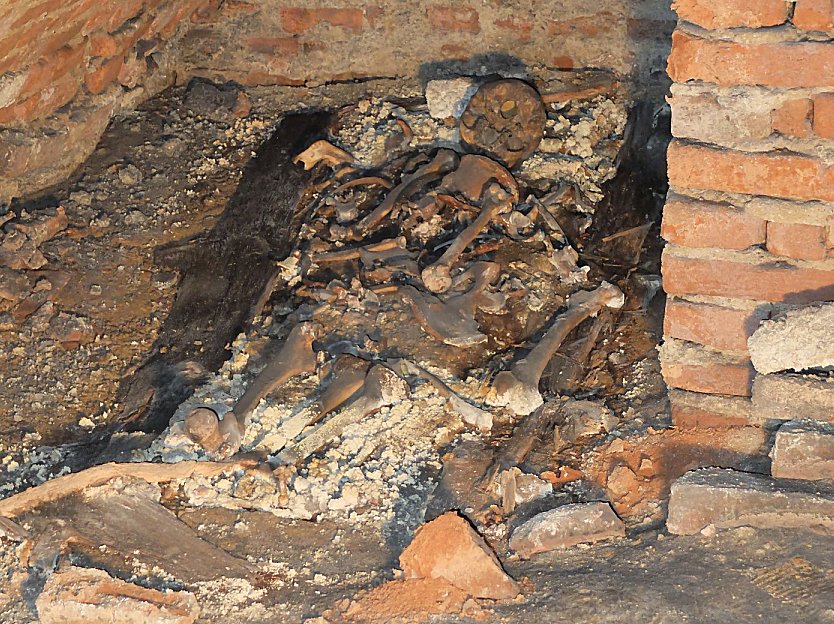
At least five people were buried there. Their remains were placed in coffins in an upright position, with hands folded in prayer. Image source: Rzeszów Archaeological Centre Foundation
“At least five people were buried there. Their remains were placed in coffins in an upright position, with hands folded in prayer."
Who were these buried people is unknown for now but according to Father Rafal Klimas, the custodian of the sanctuary, ordinary people were not buried in churches. Such burials were reserved for historical persons, more distinguished members of the community, such as founders, abbots and priors.
Anthropologist Joanna Rogóż says that these are bones of 4 adults, including at least one young person, about 25 years old, as well as one small child, possibly a newborn. Two skulls were cut across, which means that the deceased were members of a higher social class.
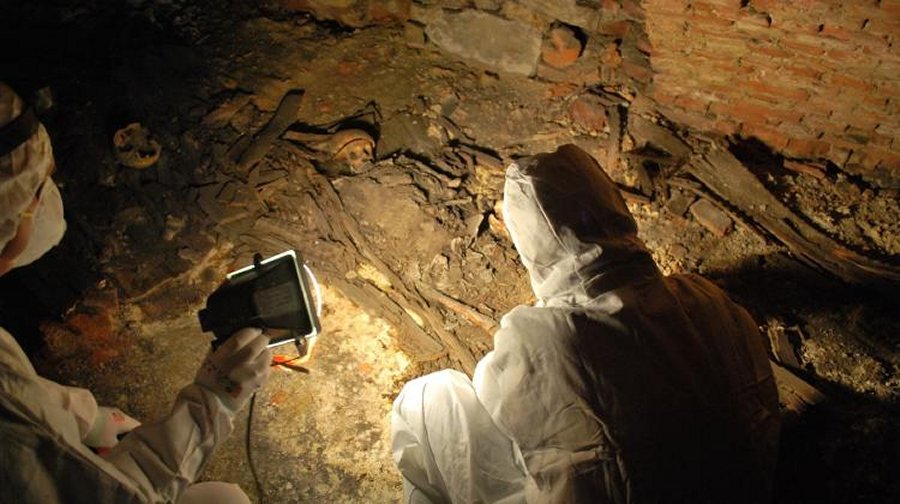
Human remains under the floor of the Rzeszow Basilica. Source: the Rzeszów Archaeological Centre Foundation
In the second, smaller crypt, located on the opposite side, archaeologists discovered the remains of several coffins, probably also filled with bones. This crypt has not been explored yet.
See also:
Giant 7,000-Year-Old Astronomical Calendar Discovered In Poland?
Medieval Well-Preserved Sword Discovered In A Peat Bog In Poland
According to Bobak, these crypts are younger, built in the present church, meaning that they date back no farther than the seventeenth century.
The human remains and coffins found in the crypts will be subjected to further analyses, which will allow to determine the age, sex and physical condition of the buried people.
AncientPages.com
Expand for references

